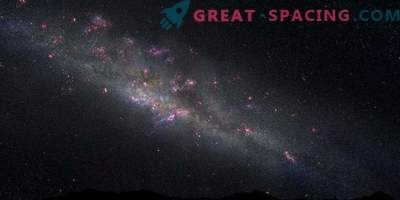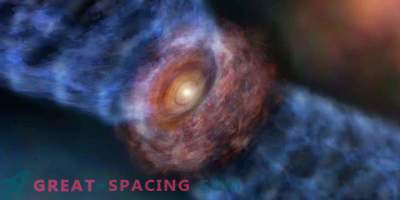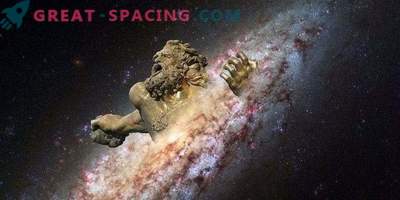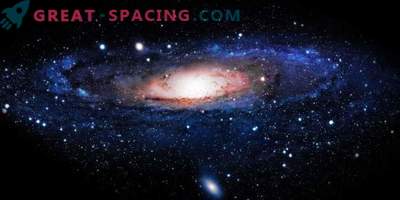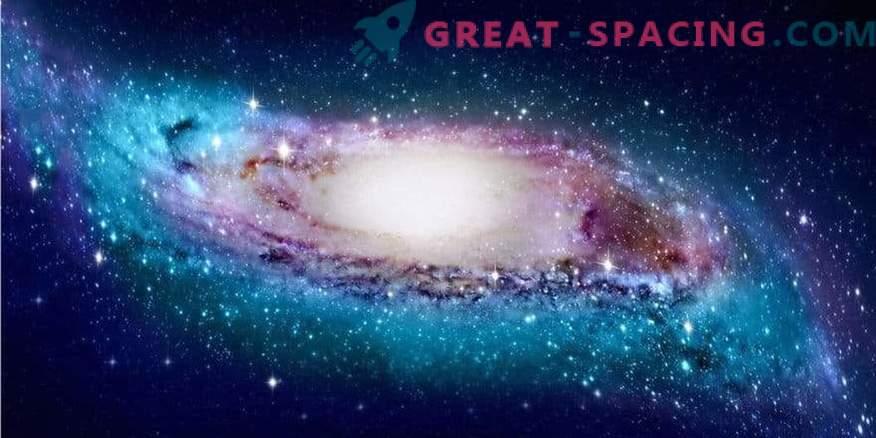
Artistic vision of the deformed and swirling disk of the Milky Way
It turns out that the Milky Way's star disk is devoid of stability and plane. In fact, it is becoming more crooked and curved away from the galactic center. From a long distance, the galaxy resembles a thin disk of stars flying a full circle around the central region for several hundred million years. The center is home to hundreds of billions of stars, which, together with dark matter, create a gravitational "glue" holding everything together.
However, the farther from the central galactic territories, the weaker the force of gravity. In the far outer disk, the hydrogen atoms that make up most of the galactic disk are no longer limited to the thin plane and create an S-shaped curved view.
It is difficult to determine the distance from the Sun to parts of the outer galactic gas disk without a clear idea of its appearance. However, a new catalog of variable stars (classical Cepheids) has recently appeared, allowing one to calculate distances with an accuracy of 3-5%. This database helped researchers create the first detailed 3D picture of the Milky Way in its remote areas.
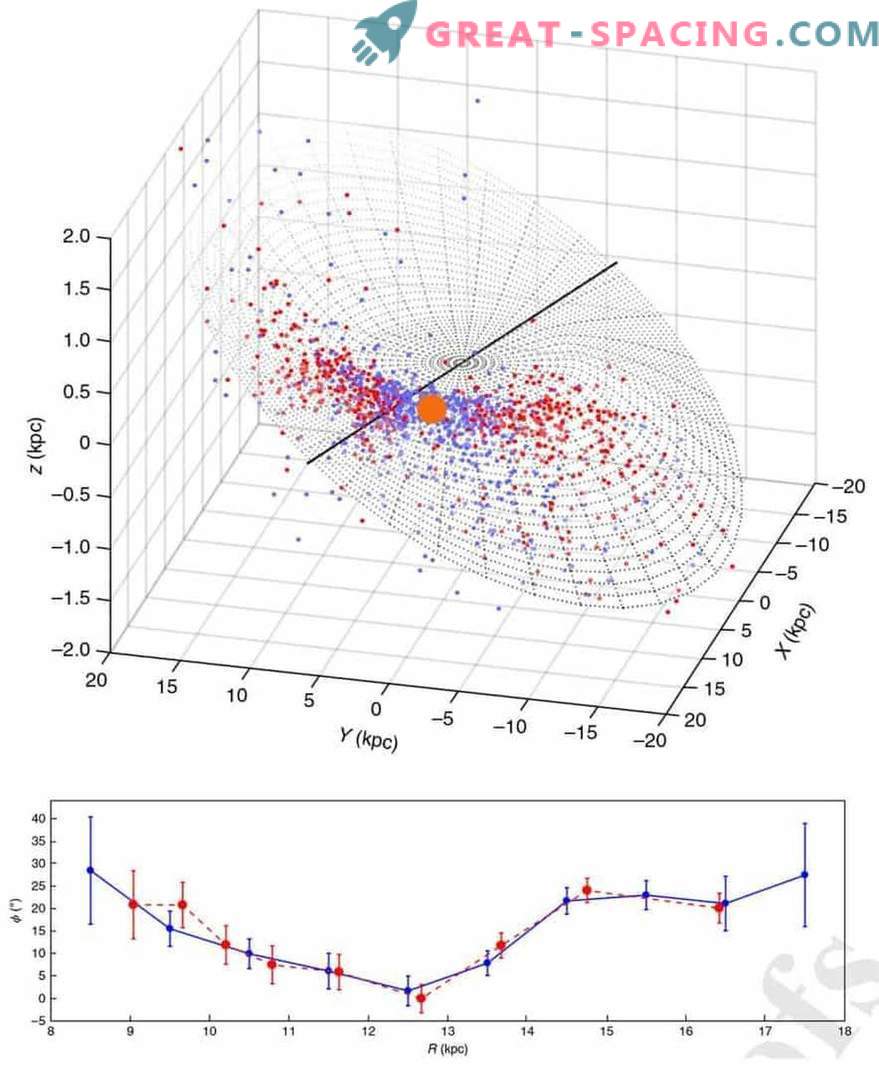
Above: Three-dimensional distribution of classic Cepheids in the curved disk of the Milky Way. Below: precession of the base node line with a galactocentric radius Classical Cepheids are young stellar objects that are 4–20 times greater than the solar bulk, and their brightness is 100,000 times greater. Great massiveness hints at a short life span and a quick death. Death occurs in the process of rapid burning of nuclear fuel (sometimes in just a few million years). These stars pulsate (from day to month), demonstrating changes in brightness levels. Such periods are used to reliably calculate distances.
Analysis of the 3D image showed that the collection of 1339 Cepheids and the galactic gas disk closely follow each other. This allows us to consider the formation of a native galaxy from the new side. But more importantly, we managed to detect the curvature of the S-shaped star disk (like a spiral).
The results resemble earlier observations of a dozen other galaxies that exhibited the same twisted spiral structures. The findings suggest that the curvature is most likely caused by the rotational force, namely the massive internal disk. New data provide an updated map for the study of stellar movements in our galaxy and the origin of the disk.







